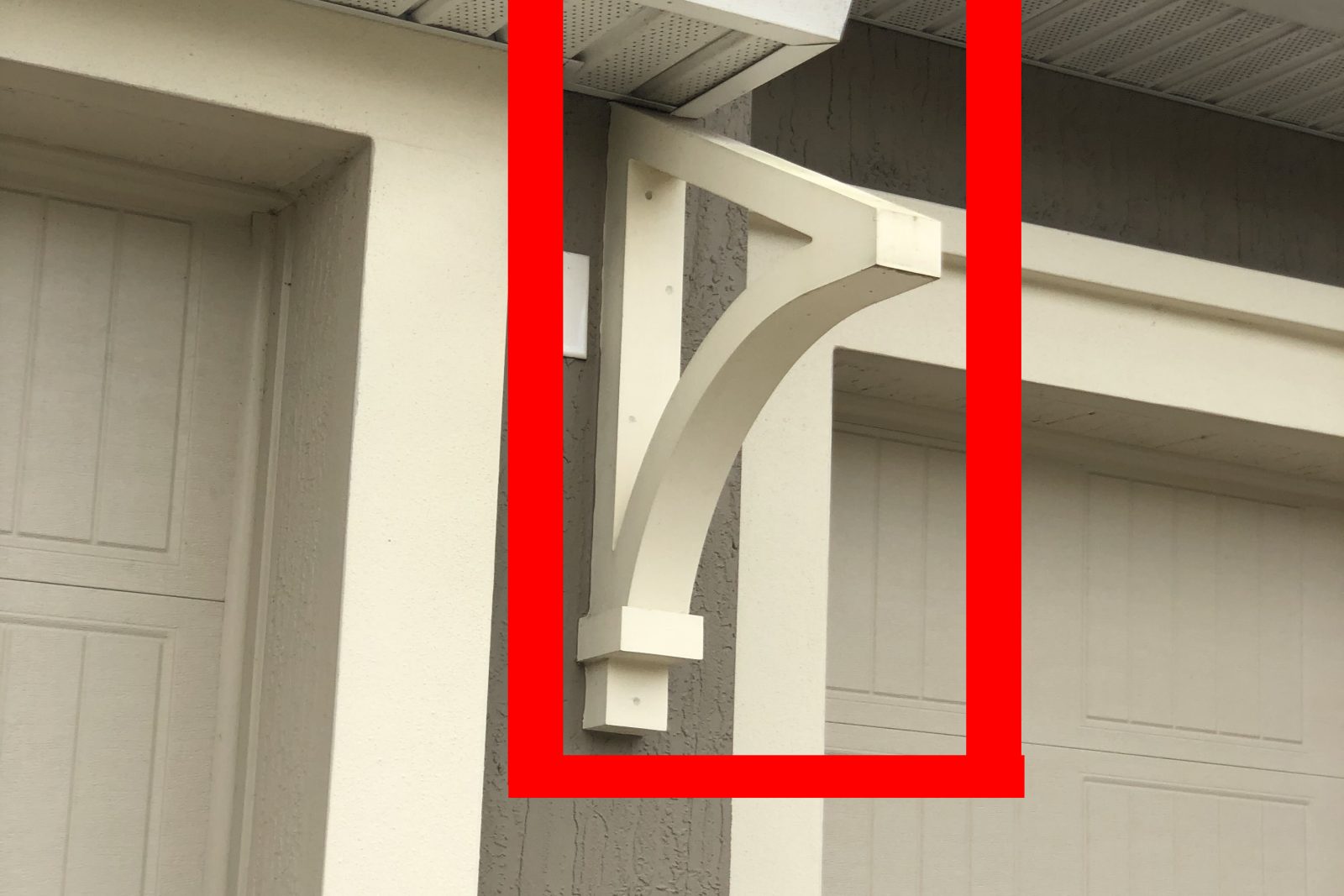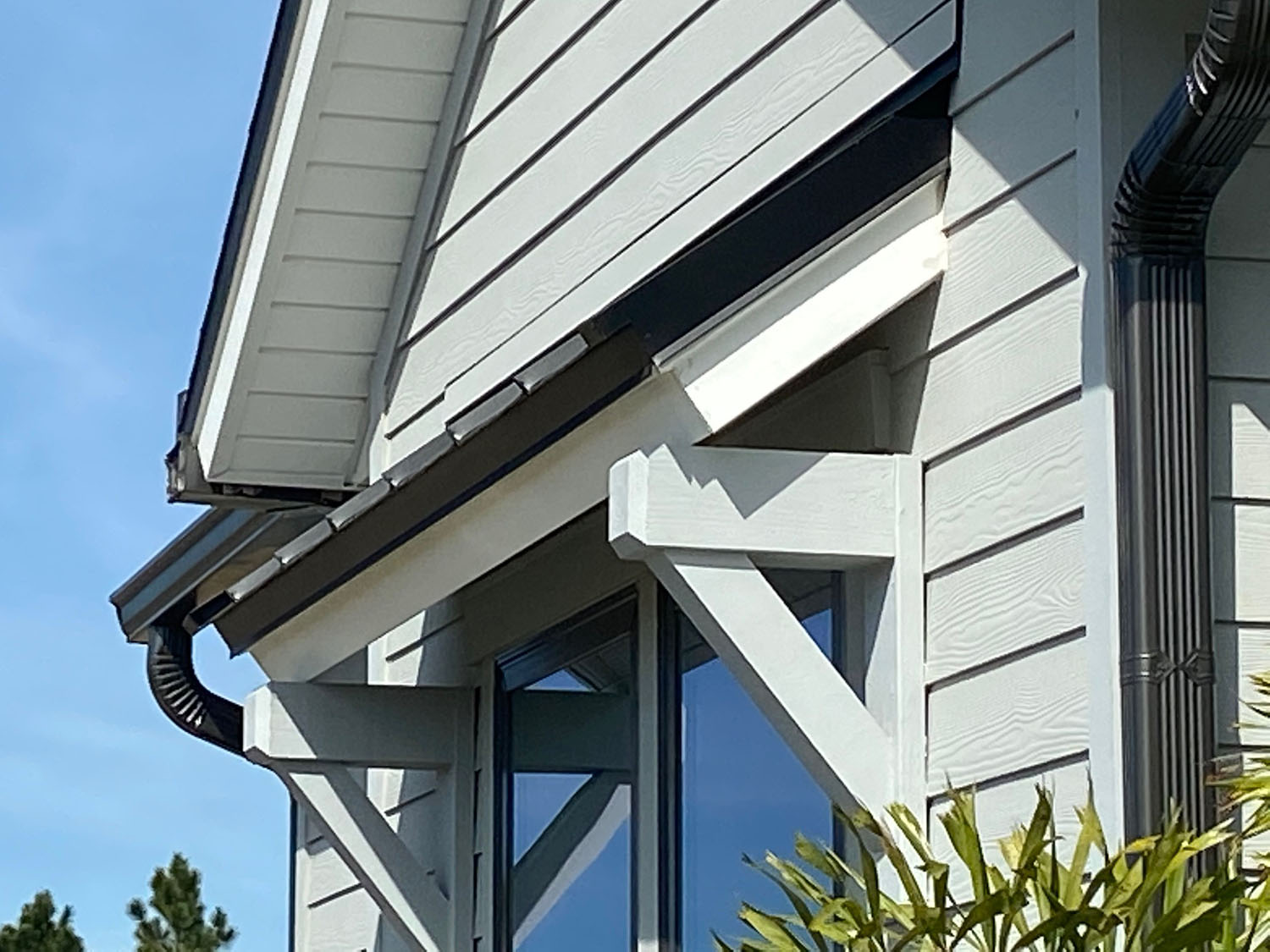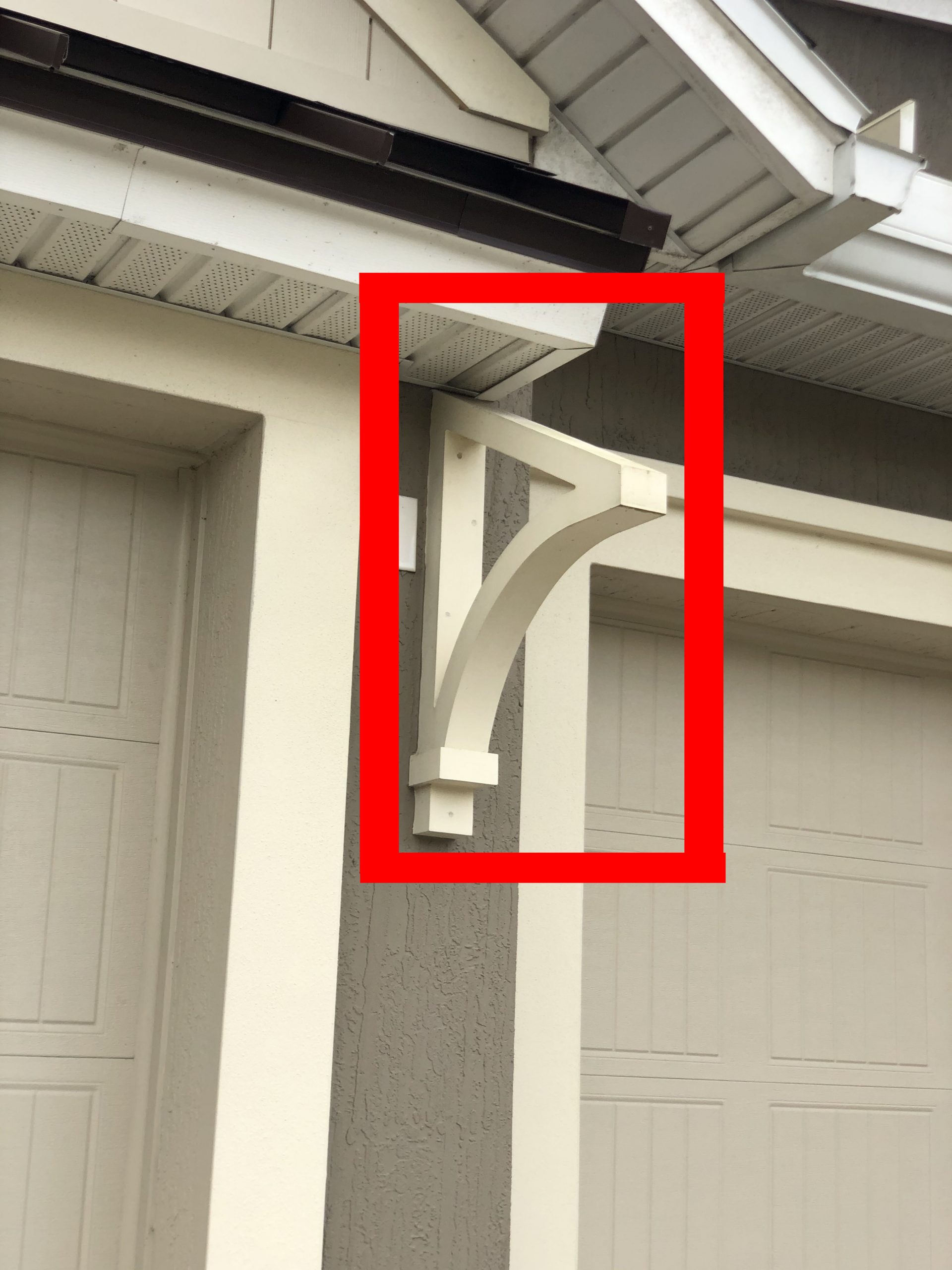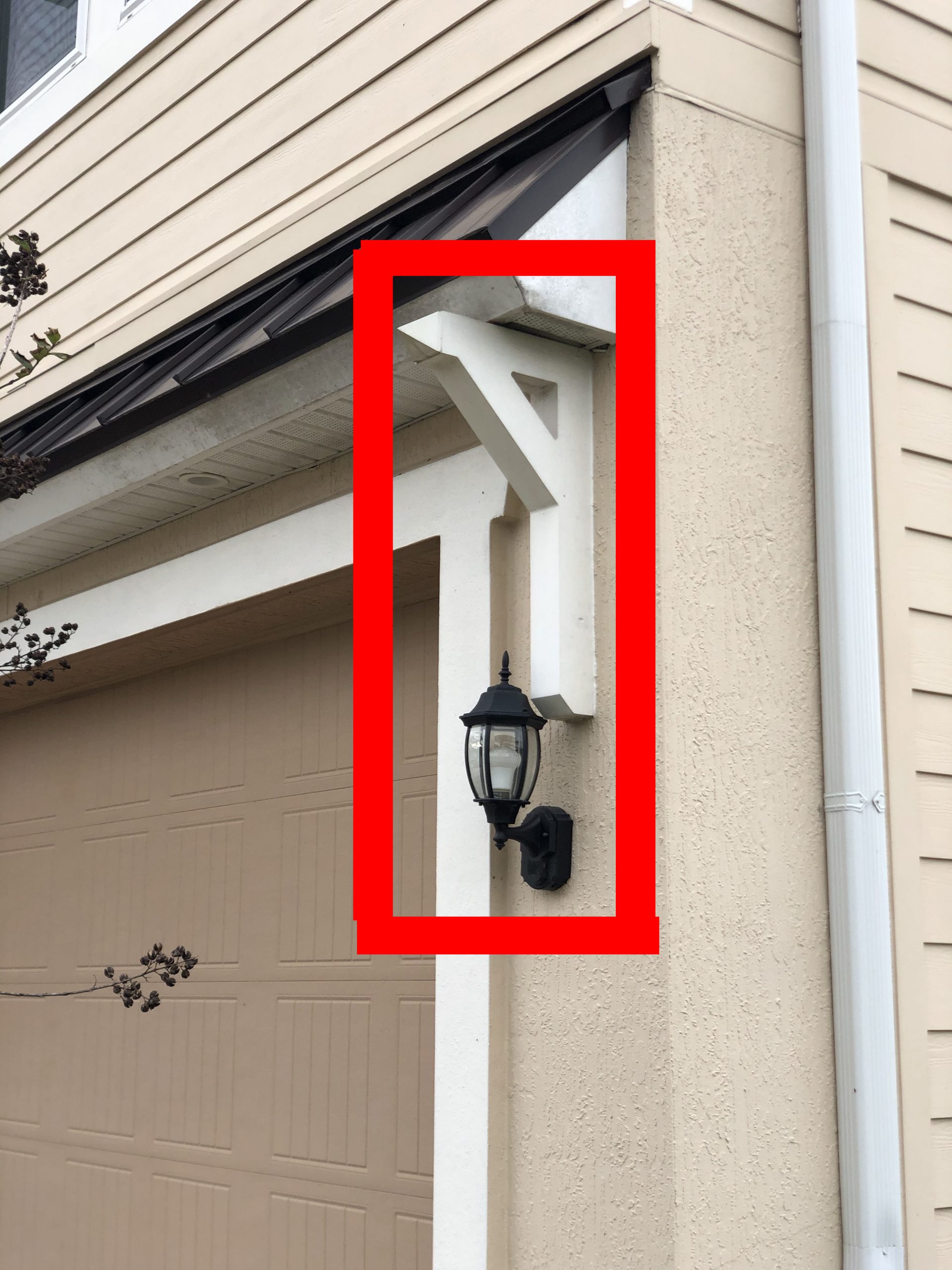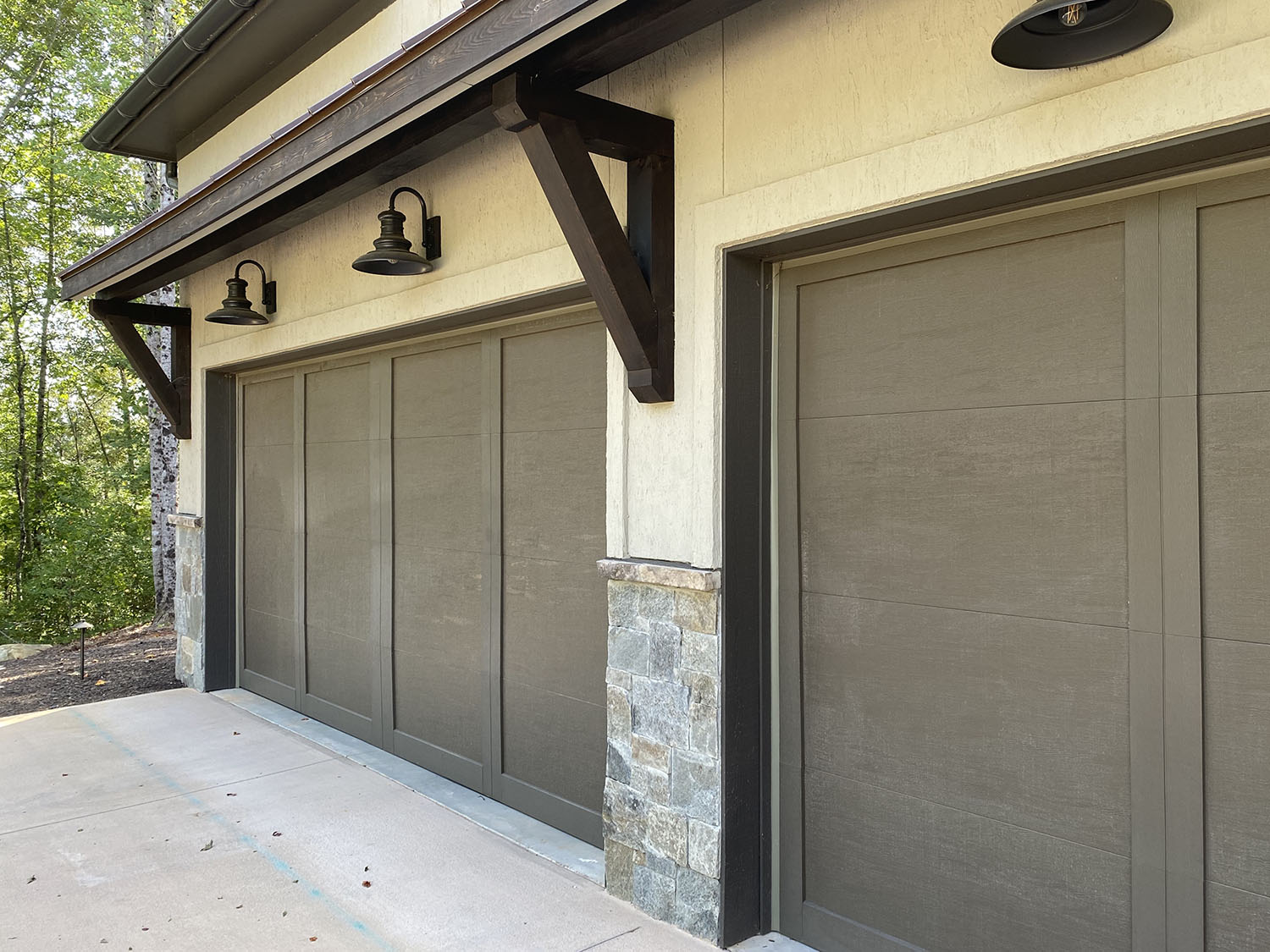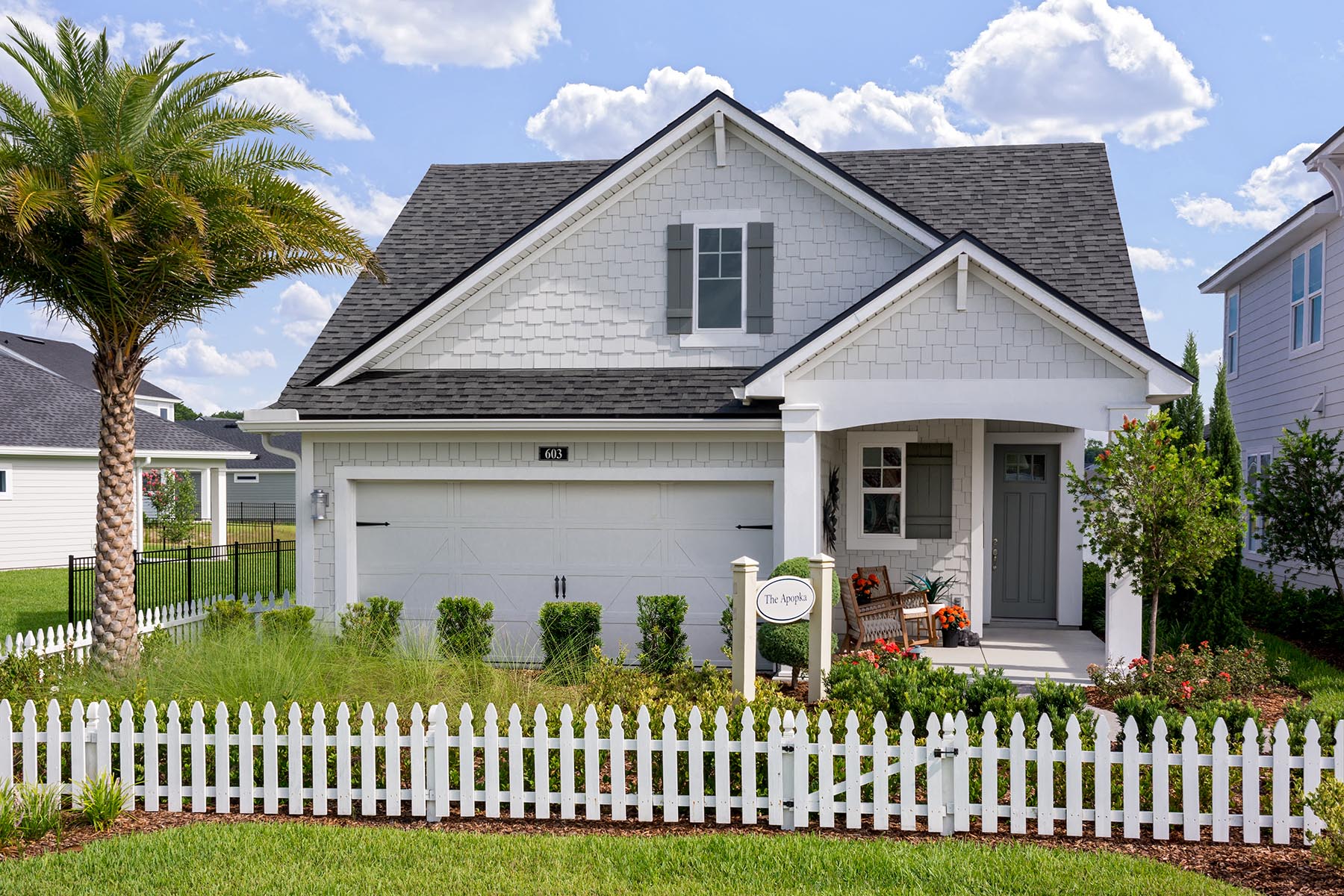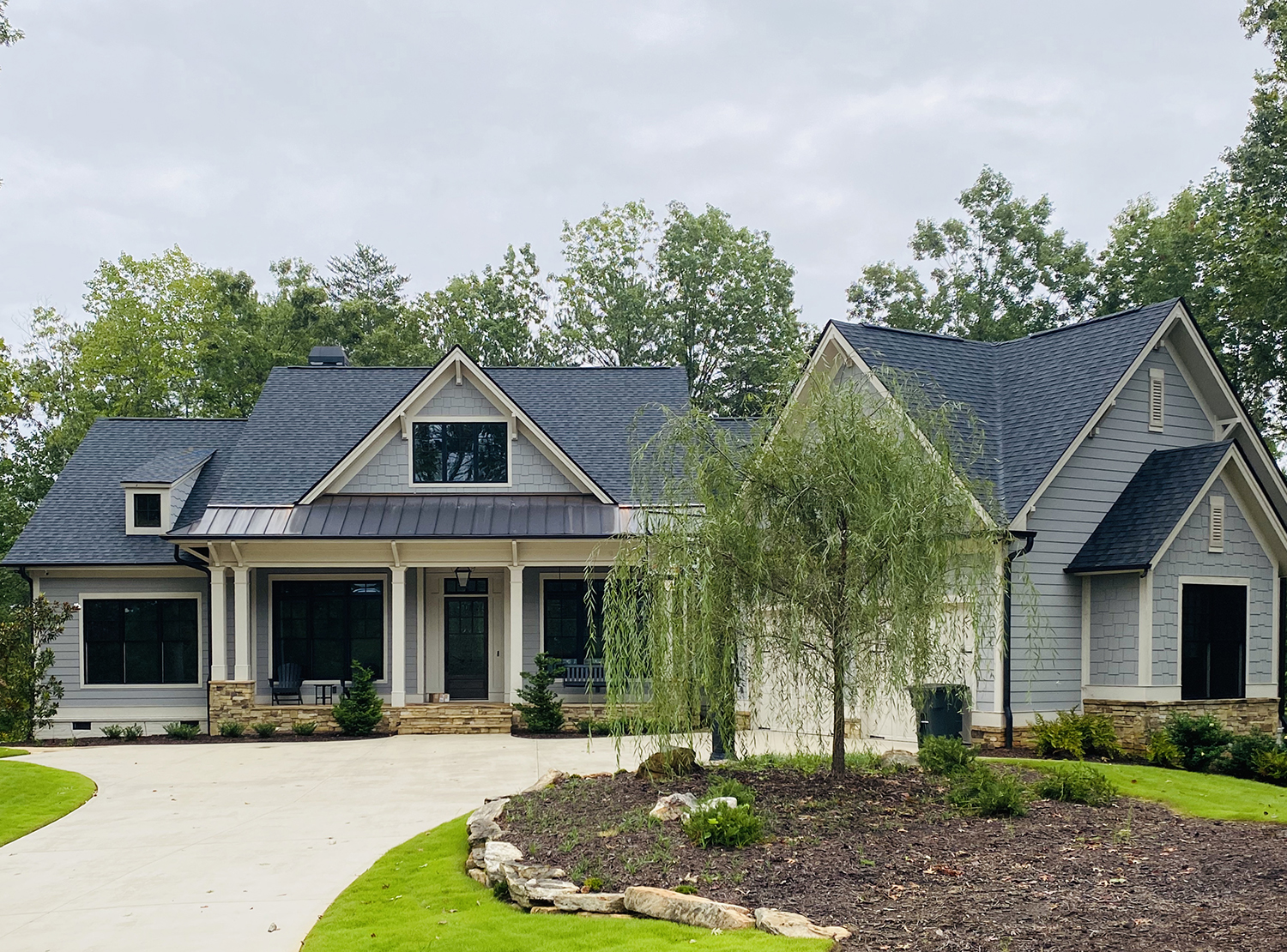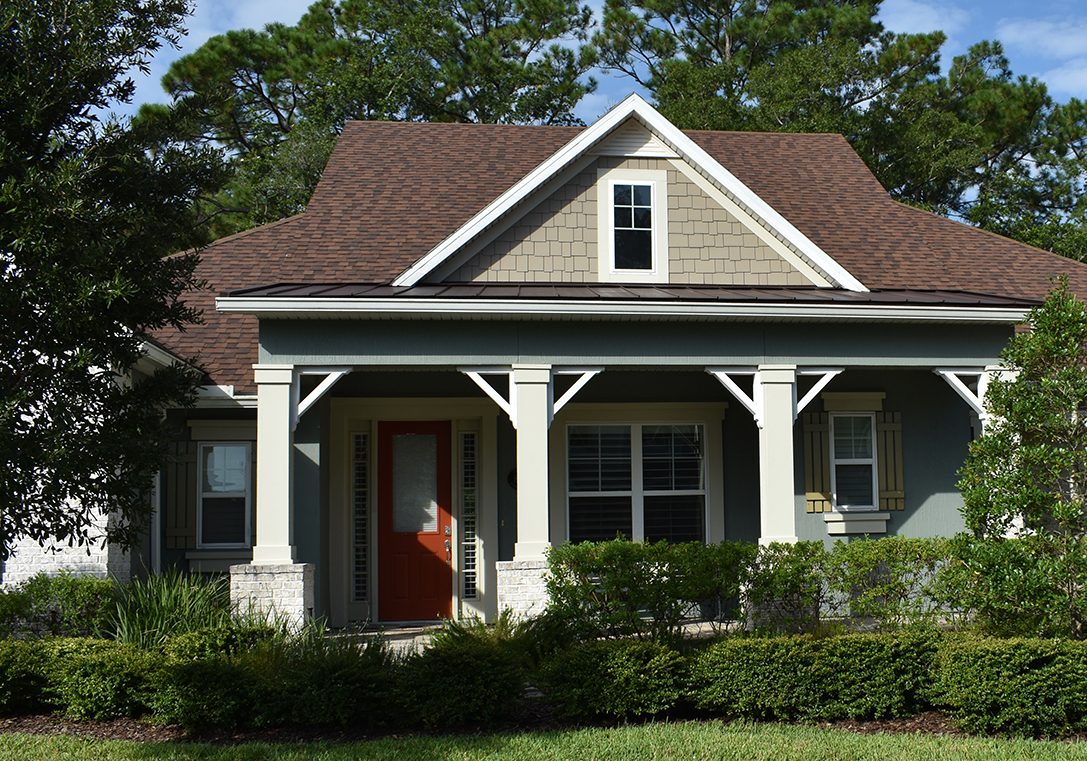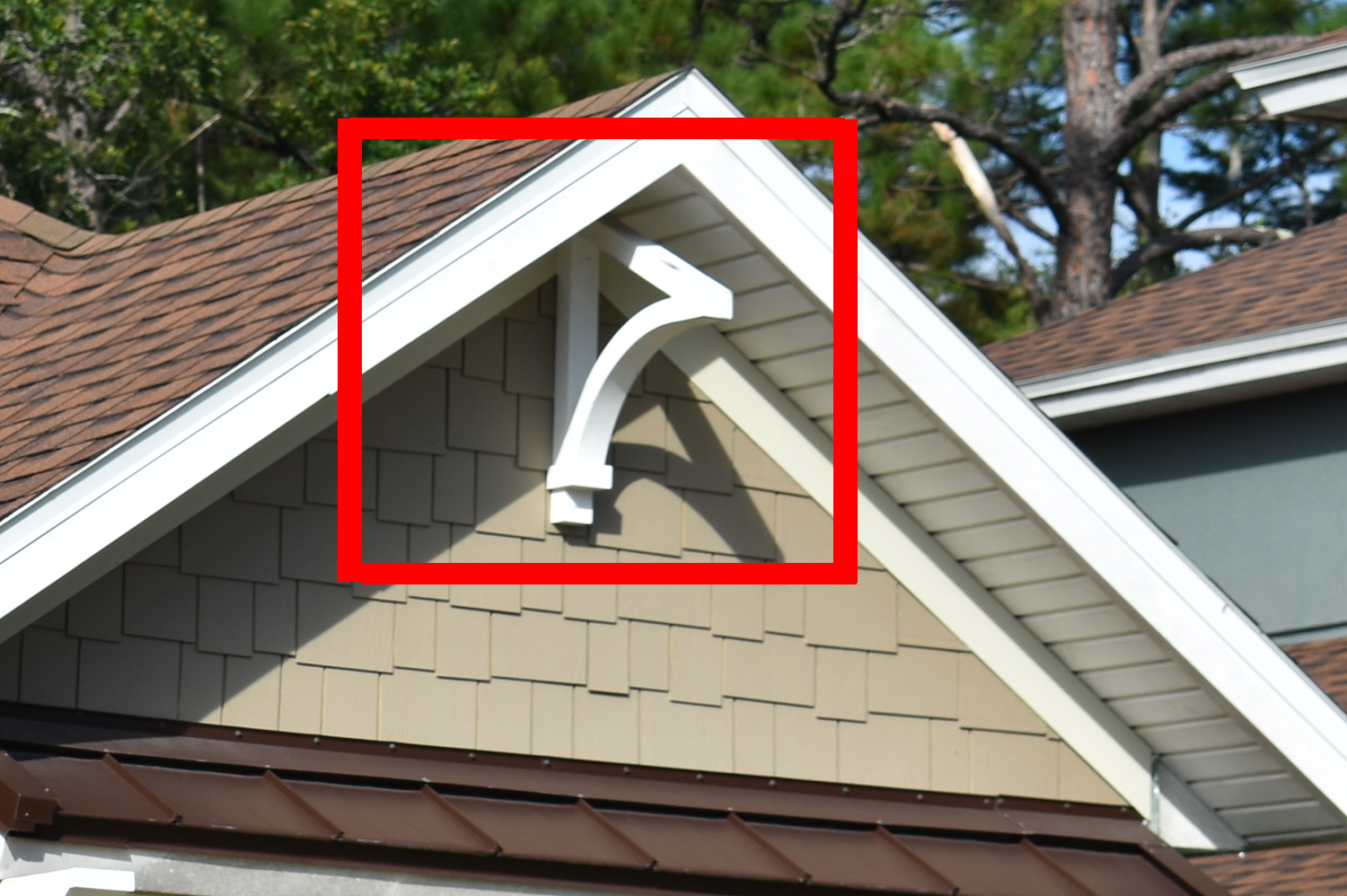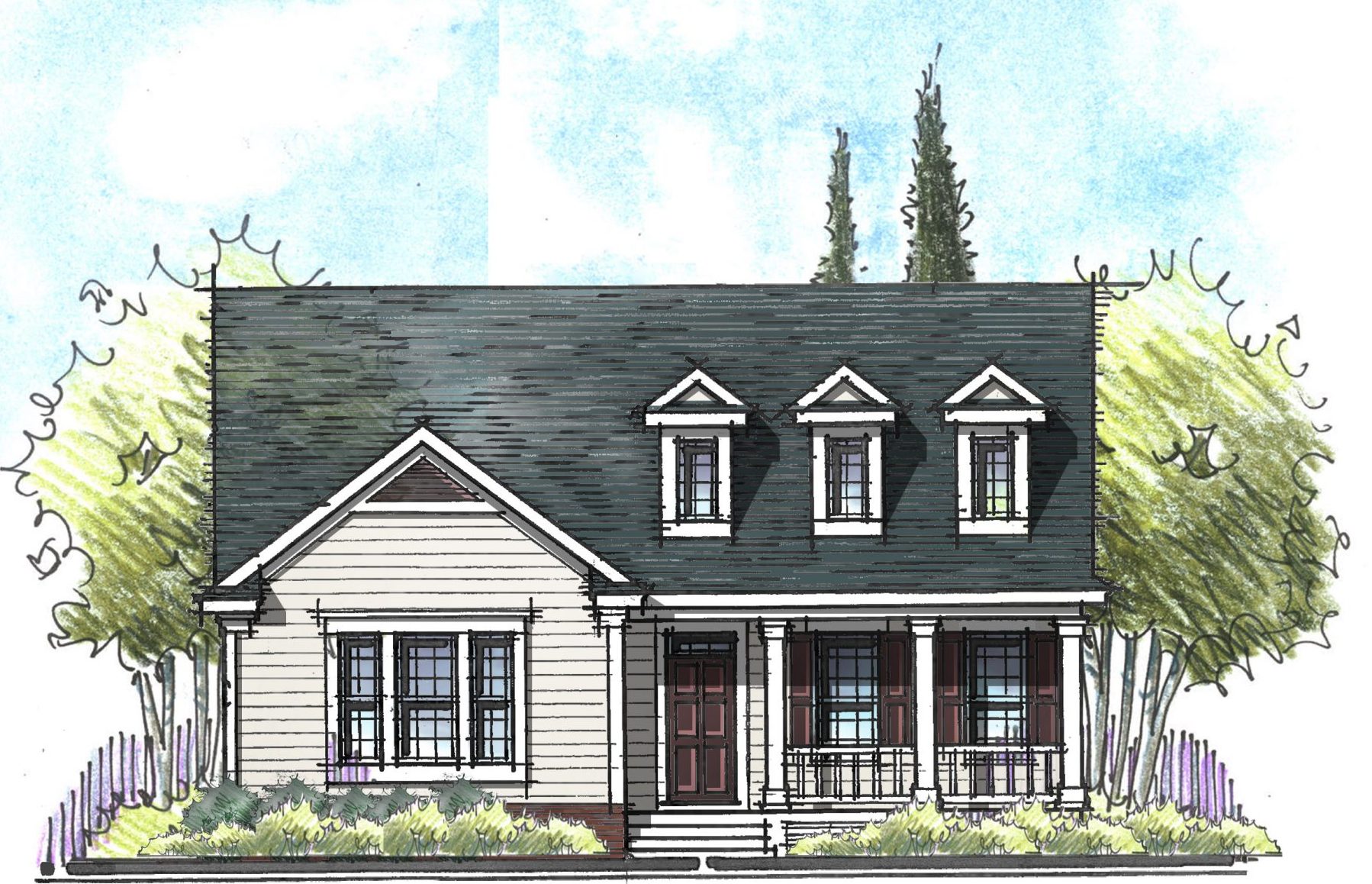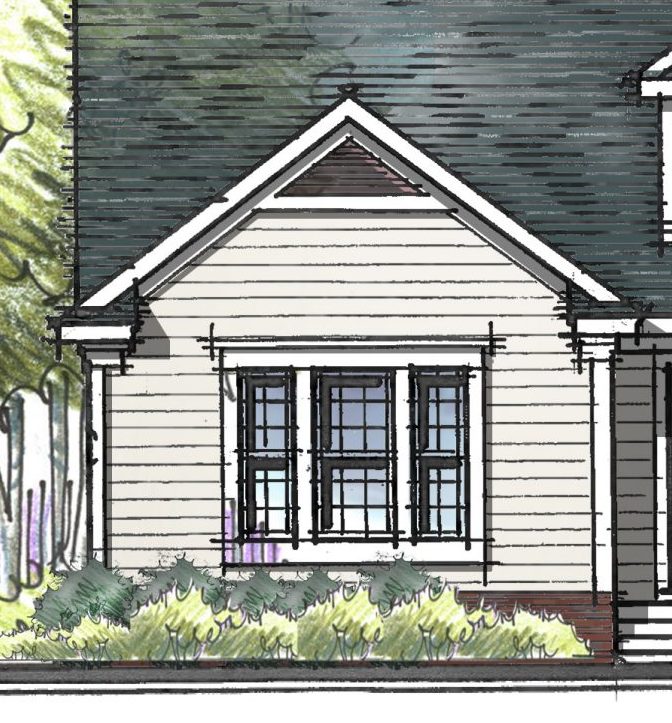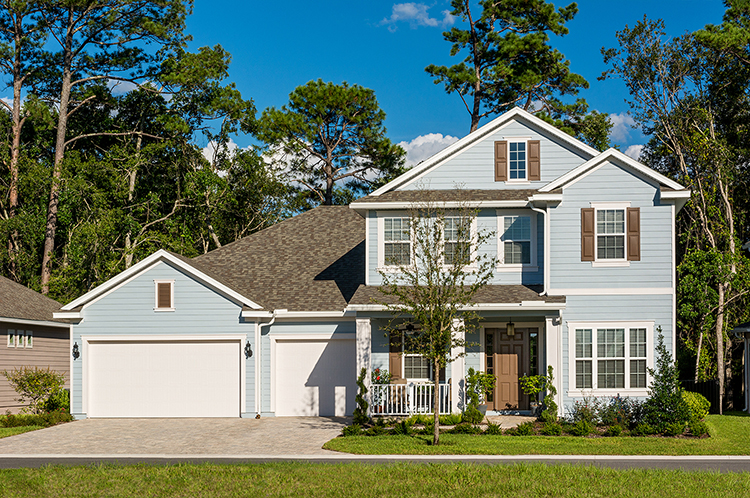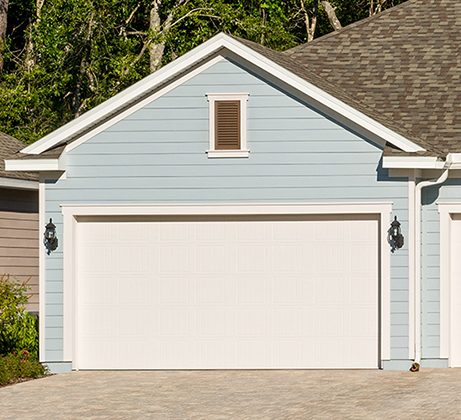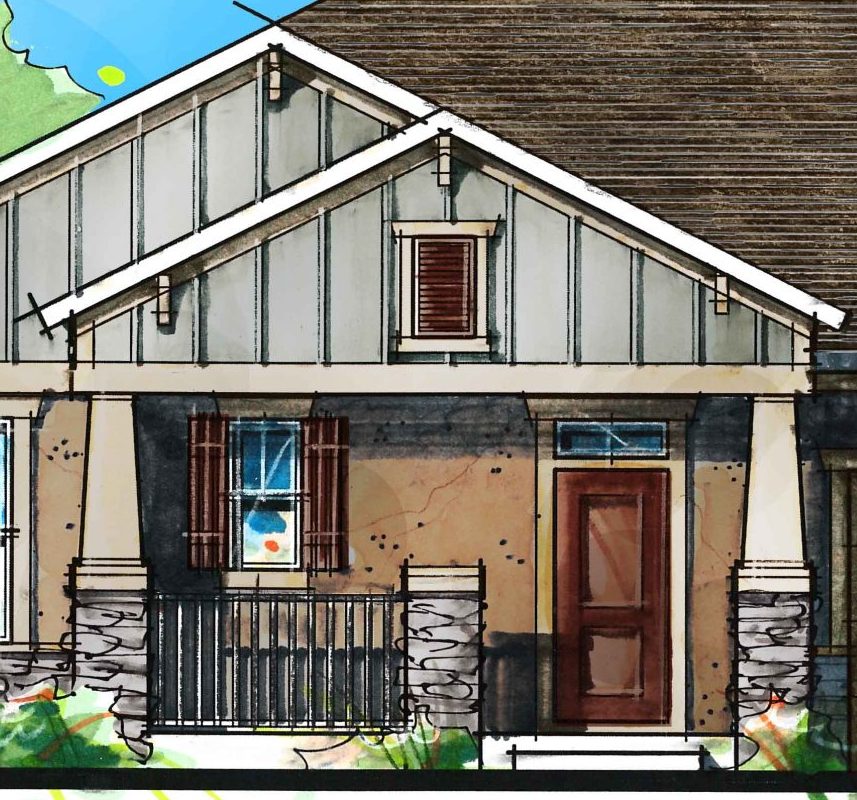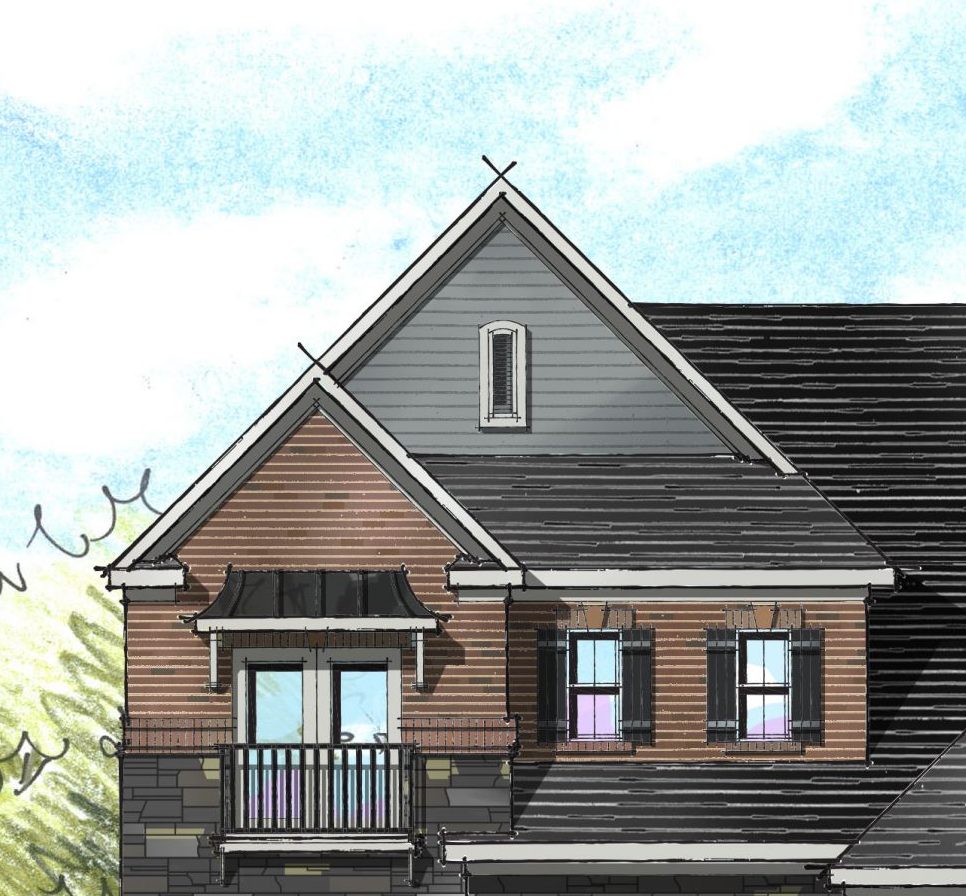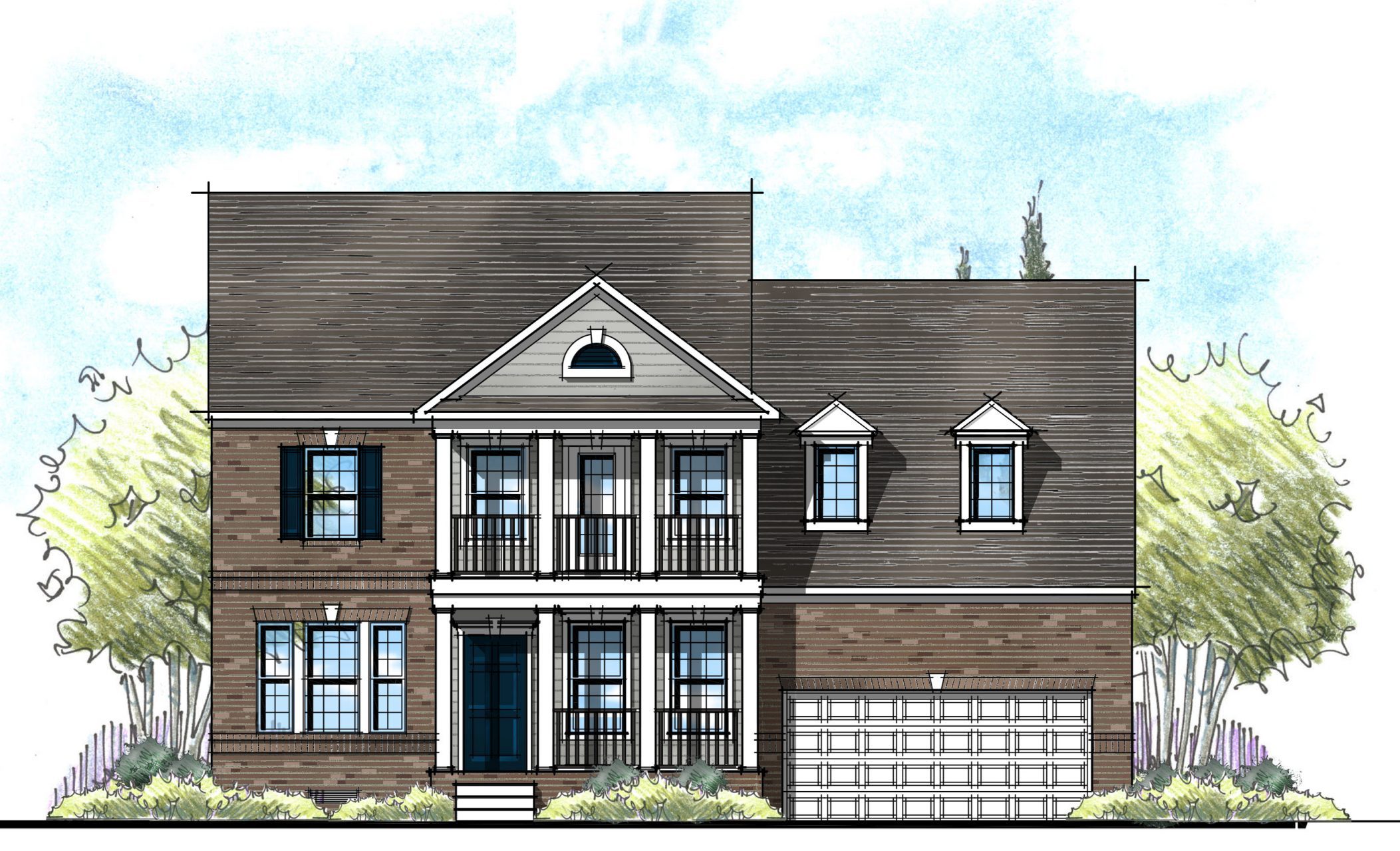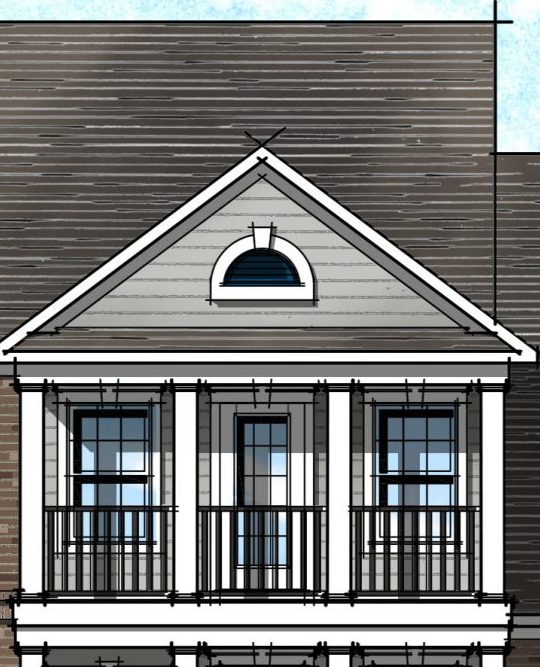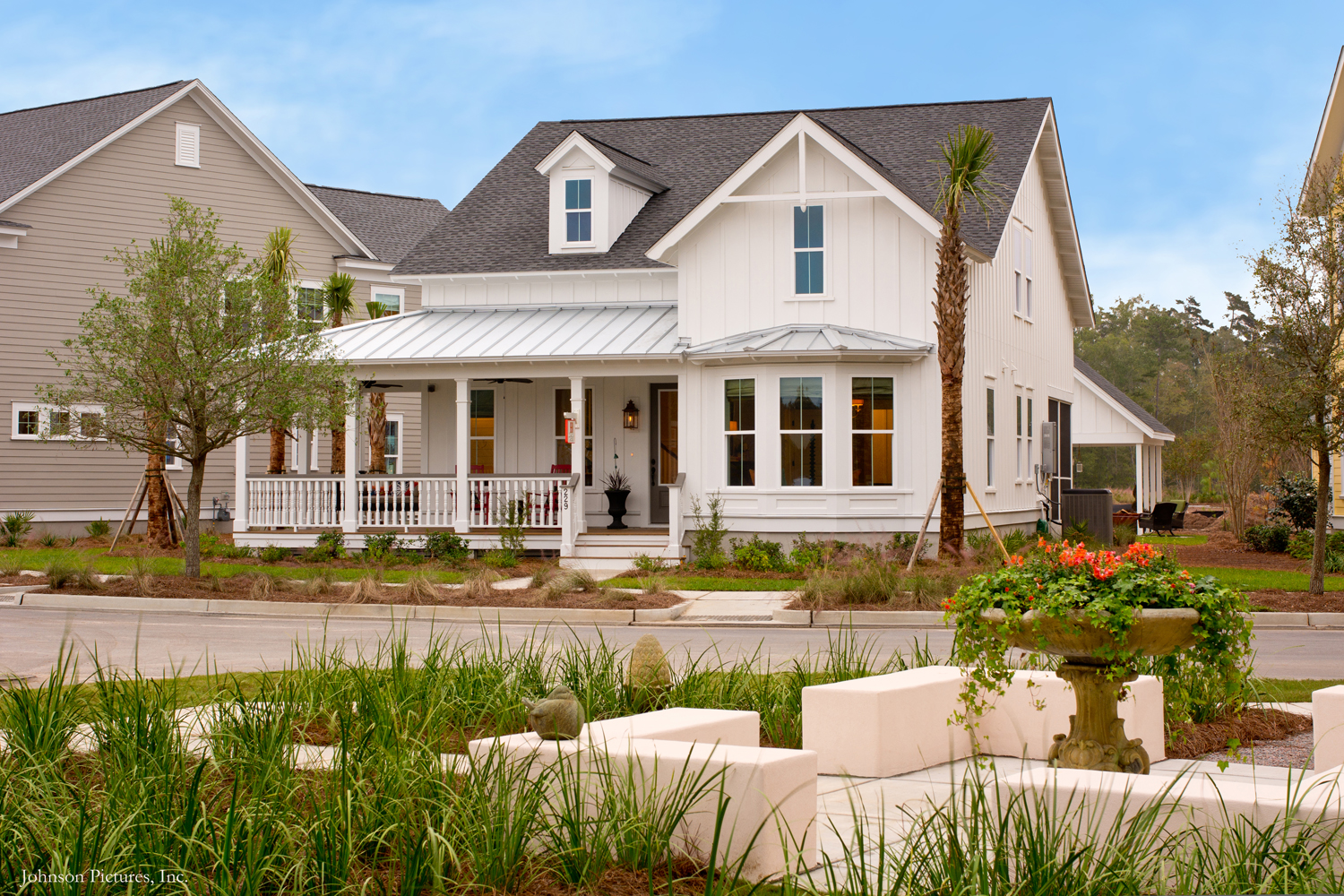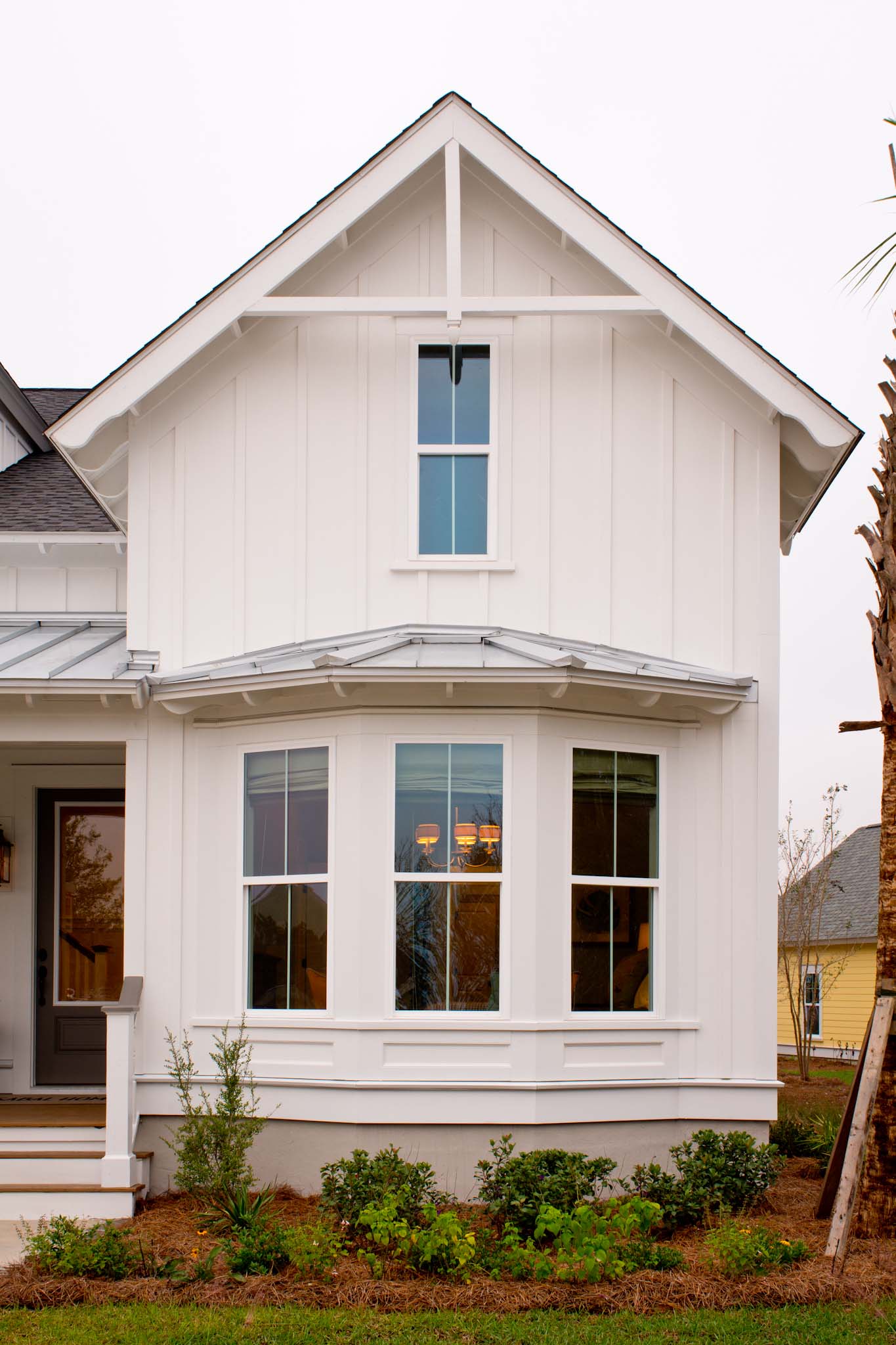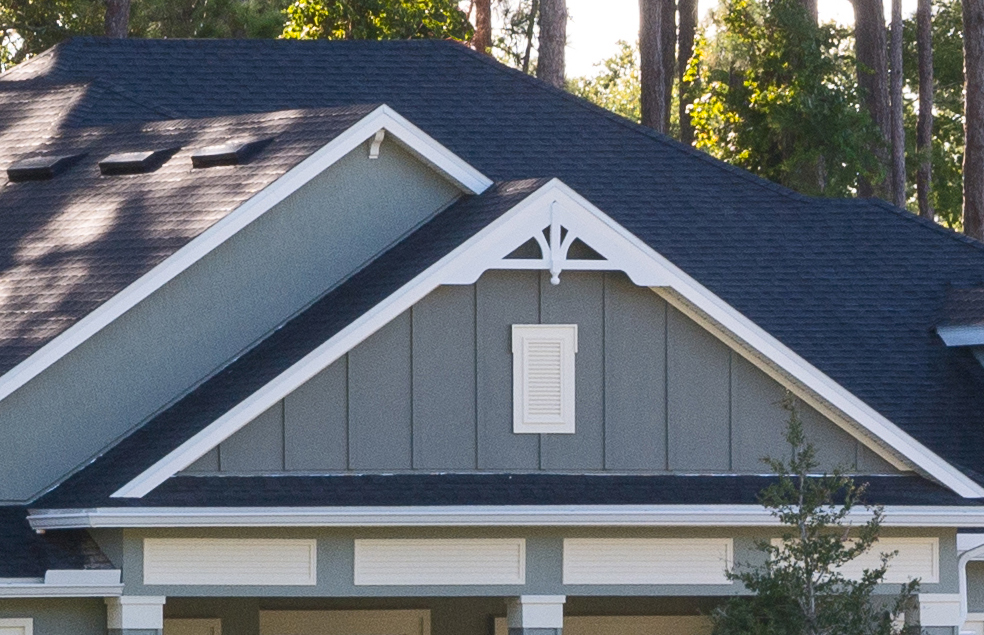These are the things that with a quick flick of a pen, architects add to elevations. “Ah, that looks great! It really makes the elevation.”
But these same details are the agony of builders and especially purchasing agents. So many questions result from that quick flick of a pen.
• What is it made of?
• Where can I buy it?
• Do I have to build it each time?
• How big is it?
• What color should I paint it?
• Where do I put it (gable vents)?
• Does it live in Revit yet?
Let’s review each of these popular ornamentations along with a few dos and don’ts.
Knee Braces
There are many places where knee braces are appropriate. We often see them under the shed roof above garage doors. They are supposed to look like they are the structural support for that roof element, although these days, the roof is bolted to the main structure and the brackets are purely decorative.
However, just because they are nonstructural doesn’t mean that they don’t have to look like they are holding up the roof!
Keep in mind, the bigger the overhang, the bigger the knee brace should be. Finally, be careful when using the braces at either side of the garage door to choose another form of lighting: Coach lights often conflict with knee braces.
Brackets
These are the doodads we draw in the peak of a gable. But how big should they be? How many and what color? So many questions!
Of course, if they are undersized and not painted correctly, they become a “why bother”. Add them to either side of a column, and you have completely changed the look.
Looks great! Just don’t look at the garage…
I told you not to look! Let’s move on…
Gable Vents
There are many different styles of vent from which to choose, triangular vents, rectangular vents, round vents, and half round vents. The shape of the vent should complement the style of the home.
Triangle vents
Years ago, vents seen in gables were functional. As a result, we often saw them at the top of a gable. I love the triangle vent above a window in a gable. Just a nice cherry on top of the gable.
When attic venting moved to ridge vents, the vents became decorative and created interest and an accent to the gable. Since the vent is decorative, it can now go anywhere in the gable and not just at the top. I say that, but if the vent isn’t dimensionally located on the drawings, who know where it will end up…
Rectangular Vents
I like the proportion of rectangular vents to be twice as tall as they are wide. These mimic the proportion of the windows in the home that are 3’ wide by 6’ tall. This proportion works well on Low Country and traditional styles.
Craftsman style elevations can use a stouter proportion, say, 18” by 24”. On the other hand, a French Country elevation looks amazing when the height is greater than twice the width – really emphasizing the vertical nature of the style.
Round and Half Round Vents
These vent profiles have fallen out of favor recently. Many consider them to look dated. Perhaps they were overused at one time, but that doesn’t necessarily mean they should be banished. However, when using a round vent, I like to center it vertically in the gable. When using a half round with a flat bottom, I like it to “sit” down in the gable.
Gable Pediments
One of my favorite gable do-dads are called gable pediments. You often see them on Farmhouse style elevations. They can either be hand built or purchased from a catalog.
The ones from the catalog come in a variety of roof pitches but are often too small. Pairing them with a window or vent below can help if they are undersized.
It is important that these great looking details are properly sized and in the production world, repeatable. If they can be low maintenance, even better! I like to think of them as the icing on the cake.
Categorized in: Exterior Styles
This post was written by Housing Design Matters


